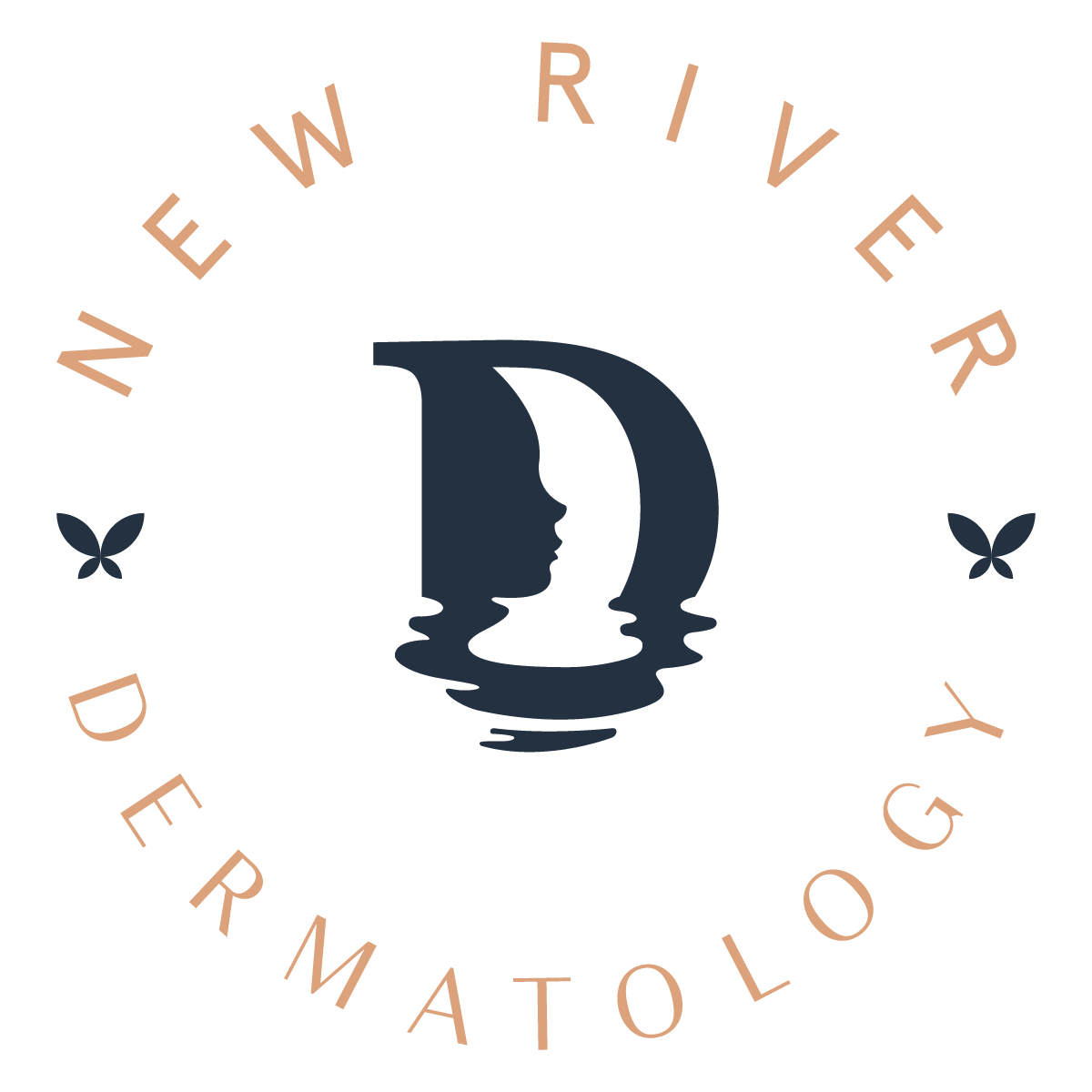What to Expect at a Skin Cancer Screening
Visiting the dermatologist for a yearly skin exam may seem like a bothersome task. However, the earlier skin cancer is diagnosed, the easier it is to treat successfully. Knowing what goes into a skin exam is important for making the most of your visit. Today, we are answering three frequently asked questions about skin cancer screenings.
Why are skin cancer screenings necessary?
One in five Americans will develop skin cancer in their lifetime. Skin cancers that are found and removed early enough are often 100% curable. Because early intervention is key, yearly self-examinations are not always enough. The Skin Cancer Foundation recommends that everyone practice a monthly head-to-toe self-exam. Learn more about the most common forms of skin cancer and what to look for here.
Skin cancer does not discriminate and can occur no matter your ethnicity, gender, or age. According to the American Academy of Dermatology, melanoma rates in the United States doubled from 1982 to 2011 and have continued to increase. This is why it is more important than ever to educate yourself.
What does a skin exam entail?
A skin cancer exam is a visual inspection of your skin by a medical professional. Our exams frequently begin with the doctor asking if you have any concerns. This is the opportunity to speak up and point out any spots you’ve noticed that have popped up or evolved since your last visit. The doctor can also educate you about what to look for in future self-checks such as any changes in the size, color, borders, or shape of a mole. In total, the skin exam lasts about 10-15 minutes.
What if there is something suspicious on my skin?
The doctor may conduct a biopsy of a mole to determine if it is or isn’t cancerous. During a biopsy, a sliver of tissue is removed for evaluation by a pathologist. The pathologist either confirms or denies the doctors suspicion. If the results are positive, there are several treatment options to help best fit your needs.
One treatment option is Mohs surgery. This is the most effective method for removing Basal Cell Carcinomas and Squamous Cell Carcinomas: the two most common skin cancers. In this method, the microscopic examination of the skin occurs during the surgery instead of after. By investigating each layer of skin for cancer cells during the procedure, the surgeons don’t need to “estimate” how far or deep the roots go: when estimating, often either too much healthy skin is removed, or not all of the cancerous cells are removed. Dr. Hurd, the President and CEO of New River Dermatology and New River Aesthetics, is a Mohs Micrographic Surgeon. He is the only physician in Blacksburg, Virginia to provide this surgical subspecialty.
Interested in scheduling a yearly skin check? Call (540) 953-2210, or request a call back on our website.

